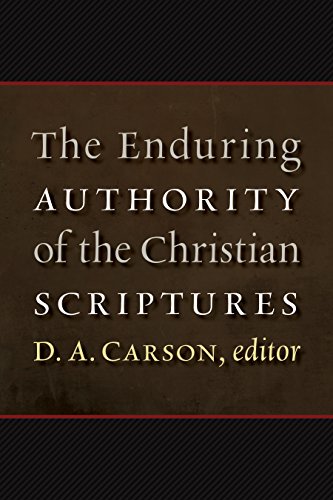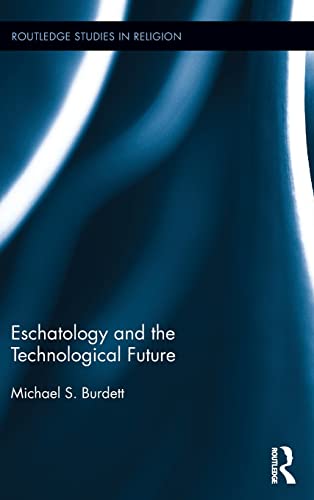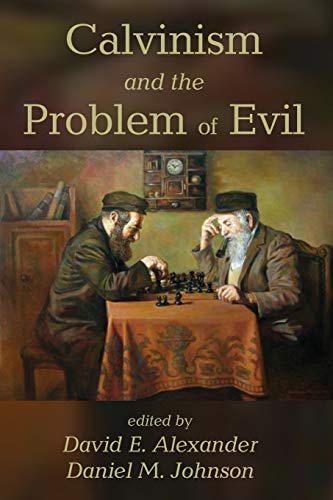Crossing Cultures in Scripture: Biblical Principles for Mission Practice
Written by Marvin J. Newell Reviewed By Andrew PrinceMarvin J. Newell is a missiologist who served for twenty-one years in East and Southeast Asian cross-cultural ministry contexts. He is senior vice president of Missio Nexus and previously served as a professor at Moody Theological Seminary. Newell notes that while many books are written on the subject of culture from anthropological, sociological, and intercultural perspectives, he found no volume dedicated solely to providing a biblical theology of culture. This observation led him to write Crossing Cultures in Scripture.
The Bible is a cross-cultural book, from Genesis to Revelation, and records many cross-cultural encounters. Newell uses three foundational principles as a lens to examine these biblical cross-cultural encounters; namely, the Bible is a portrayer of cultures; a sculptor of cultures; and an appraiser of cultures (pp. 13–14). In Crossing Cultures, Newell takes a selection of mostly narrative biblical texts and draws principles for engaging in cross-cultural ministry. Newell’s biblical theological approach is similar to that found in the recent work by Dean Flemming (Recovering the Full Mission of God [Downers Grove, IL: InterVarsity Press, 2013]).
Chapters 1–4 of the book set the scene for the rest and provides foundational principles concerning culture from Genesis 1–11. He provides a relatively standard definition of culture as “the distinctive beliefs, values, and customs of a particular group of people that determine how they think, feel, and behave,” (p. 17). Newell examines Genesis 1:26–27 and offers unique insight by grounding culture in the Trinity. He states that “the relationship among the three personalities” active at creation constitutes something of “a divine culture between them” (p. 23). He further adds that something of this divine culture was “bestowed” upon humankind at the creation of Adam” (p. 24). While the validity of this insight doesn’t impact the book’s overall thesis, it is nevertheless an intriguing hypothesis.
Chapters 5–20 of the book consider examples of crossing cultures in the Old Testament. Each chapter offers stand-alone principles that do not necessarily relate to or build on principles elucidated earlier. A consideration of one chapter, that of Abraham’s interaction with the Hittites in Genesis 23:1–19 illustrates the general approach of other chapters. Newell proffers, “Genesis 23 records the first extended conversation in Scripture between people of different cultures” (p. 57). The chapter is titled, “Needing a Favor in a Foreign Land.” Newell suggests seven principles from his cultural reading of this text: (1) admit your vulnerability (Gen 23:4), (2) remember who you are (Gen 23:4; Heb 11:8–10; 13–16), (3) build cross-cultural collateral (Gen 23:6), (4) show respect (Gen 23:7, 12), (5) don’t expect an exception (Gen 23:16), (6) get a record of the agreement (Gen 23:20), and (7) know your arrangement will have an effect on others (cf. Gen 49:31–32).
Chapters 21–36 examine the crossing of cultures in the New Testament. They mostly examine narratives in the Gospels and Acts, such as Jesus and the Samaritan woman (John 4), Jesus and Pontius Pilate (John 18:28–19:16), Phillip and the Eunuch (Acts 8); yet, this third section considers a number of passages from the epistles as well, from which Newell develops cross-cultural principles.
The book has some great strengths. Newell writes clearly, winsomely, and is easy to follow. Theory is grounded with experience. Most chapters begin with an example from the life of the author, another person, or world events that highlight the cultural issue the book chapter addresses. The book also delivers on its subtitle, with each chapter articulating a number of clear principles that pertain to cross-cultural ministry.
However, I don’t think the book always delivers on its premise of being a biblical theology of culture. Not every chapter from section two dealing with crossing cultures in the Old Testament demonstrates how the passage being considered is fulfilled in the New Testament, with the resultant impact on application and the derivation of principles. For example, consider Newell’s examination of Genesis 23 concerning the exchange between Abraham and the Hittites. At one point Newell evaluates Genesis 23:4, and highlights its New Testament fulfilment through referring to Hebrews 11:8–10, 13–16, in order to derive his cross-cultural principle: “remember who you are.” Yet his examination of Genesis 29 (“The Marriage of Jacob”) doesn’t reflect on the New Testament at all before deriving various cross-cultural principles. There are also occasions when I feel the elucidated principle, as helpful as it might be, is not legitimately derived from the particular biblical text. But overall, Crossing Cultures in Scripture is an excellent book that will benefit both the theological student and the preacher.
Andrew Prince
Andrew Prince
Brisbane School of Theology
Toowong, Queensland, Australia
Other Articles in this Issue
Gospel Differences, Harmonisations, and Historical Truth: Origen and Francis Watson’s Paradigm Shift?
by Frederik S. MulderClaiming to stand on the shoulders of the later Origen, in Gospel Writing: A Canonical Perspective, Francis B...
“For Your Sake We Are Being Killed All Day Long”: Romans 8:36 and the Hermeneutics of Unexplained Suffering
by David StarlingThis article explores the function of Paul’s citation from Psalm 44:22 within the rhetoric of Romans 8:31–39...
Many churches seem to have lost the art of singing lament...
Reflections on Handling the Old Testament as Jesus Would Have Us: Psalm 15 as a Case Study
by Dane C. OrtlundIn appreciation of the renaissance of christocentric and redemptive-historical hermeneutics and homiletics in our generation, this article selects an OT text, Psalm 15, that appears on the surface to be maximally resistant to a Christ-centered reading and preaching of Scripture...
This article examines the meaning of blessing as expressed in the structure and narratives of Genesis...







